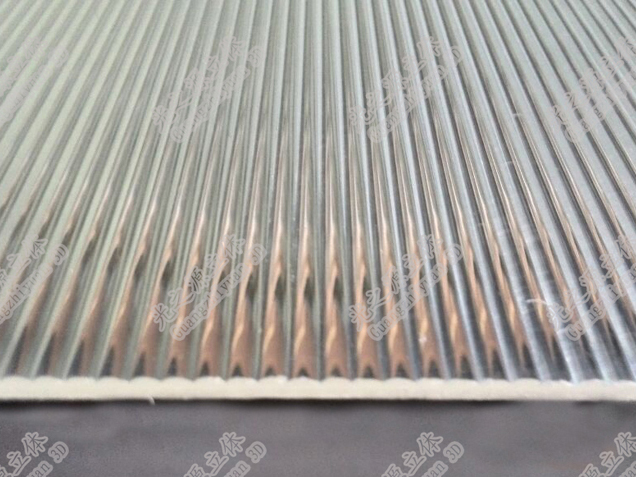Know about the Attributes of a lenticular sheet
A lenticular lens sheet is a translucent plastic sheet that consists of a set of small convex lenses on one side and the other side, it consists of a flat surface. Due to the magic of these small convex lenses, you can transform a 2D image into a variety of visual illusions.
Attributes of a lenticular sheet
An eye-catching lenticular print can be made by a combination of good art and science. Selecting the correct lens is just as important as selecting a beautiful scene. With any type of plastic lenticular sheets have a set of specifications and this is for different uses and applications. Generally, in deciding the type of sheet you need for your project eight parameters will help you:
Viewing Distance - Viewing distance is the distance between you and the print. In selecting a correct lenticular sheet for your application from lenticular lens sheet supplier this is an important factor to consider. There is an inverse correlation between the number of LPI and the optimal viewing distance so the higher the LPI, the shorter the optimal viewing distance will be.
Thickness - It is usually measured in inches or mm which affects the depth of an image ranging from 0.25mm to 6. 3mm. The thickness has a reverse correlation with the density of LPI. The lenticular sheet will be thicker if the LPI is lower.
Material - Based on the application it is usually made from the following material: Acrylic (PMMA), APET, PETG, Polypropylene, PVC, Polycarbonate, and Polystyrene. You need to probably choose Acrylic or APET For a DIY project. Acrylic tends to be more expensive when it is compared to other materials.
Transparency -The visual effect will be clearer and better with higher transparency. A minimum transmittance rate of 85% needs to be present.
Durability and Stability - Different material show different sensitivity to temperature and UV light. Few materials are good for indoors only and some are good for both indoors and outdoors.
Viewing Angle - It is a V-shaped region within which you can see the lenticular images. In general, in determining the type of effect the viewing angle acts as a guideline.
Thick lenses will have a narrower viewing angle than thin lenses because of the manufacturing limitation of lenticular lens sheet manufacturer and the physical properties of materials.





Comments
Post a Comment